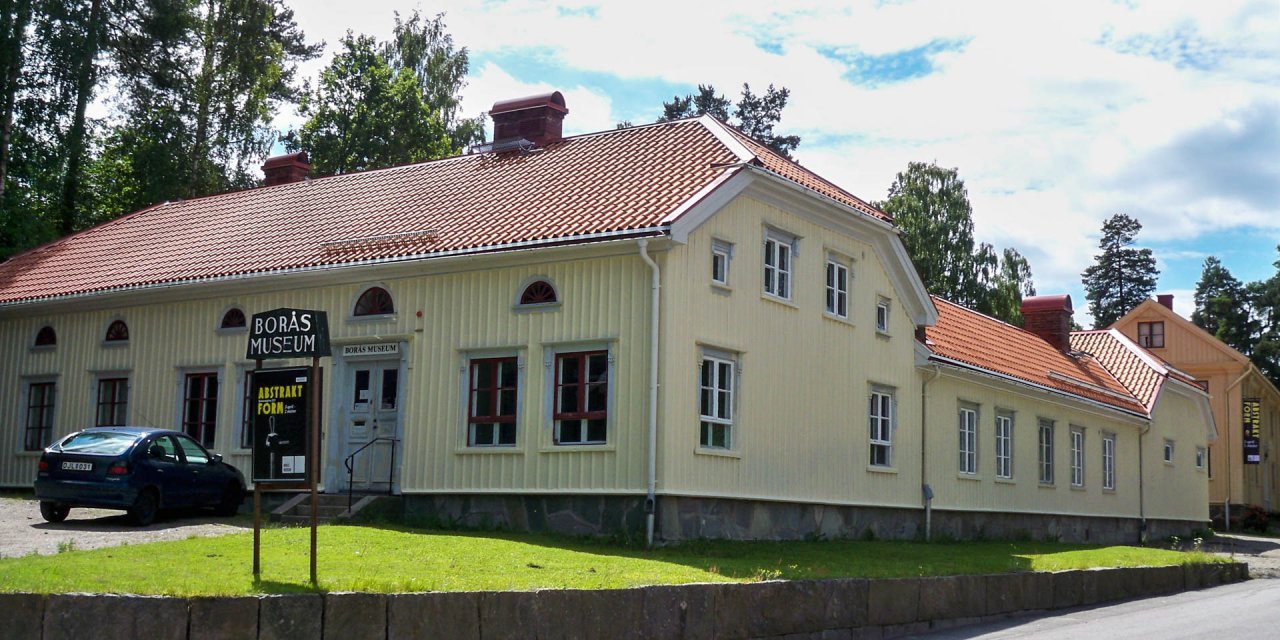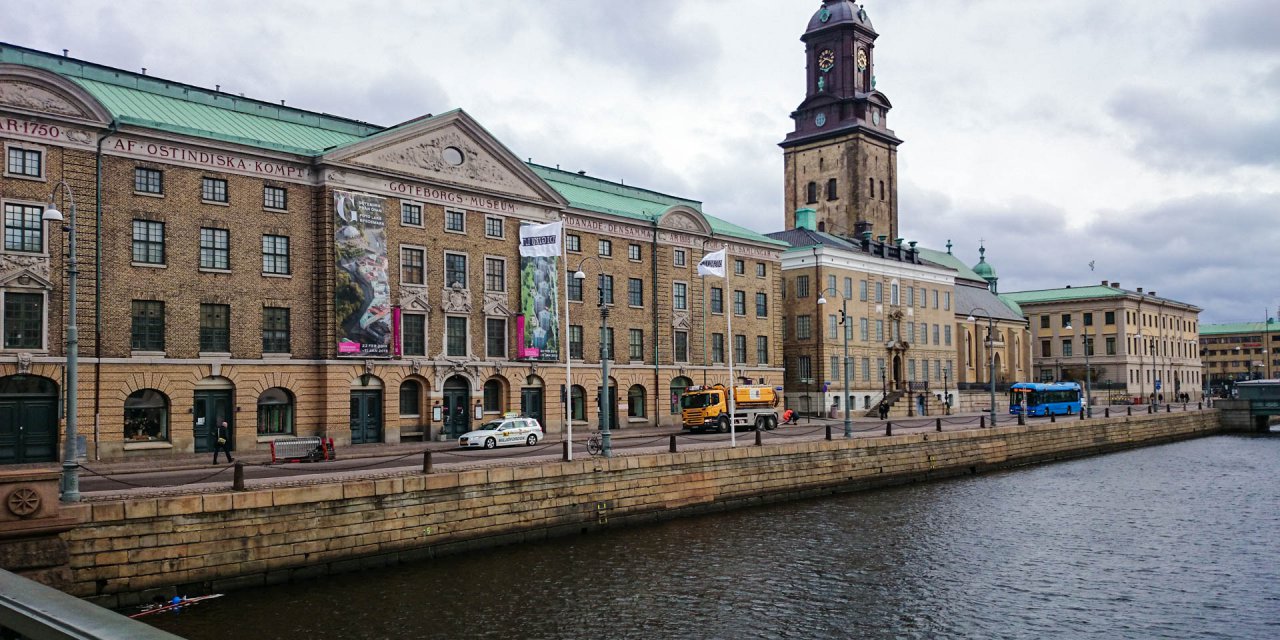

Textilmuseet
Textile museum in Borås
The Textilmuseet offers a deep insight into the approximately 200-year history of the textile industry in Sweden. Is is located in the city centre of Borås in the western Swedish municipality of Borås, the former capital of the Swedish textile industry,
During the decline of the domestic textile industry, the Textilmuseet was founded in 1972. Together with the development centre Textile Fashion Center, the museum is located in the buildings of a former textile factory, which combines both the past and the future of the Swedish textile and fashion industry under one roof.
The Textilmuseet presents, flanked by regularly changing exhibitions, in two detailed permanent exhibitions on the one hand the different types of industrial textile production and on the other hand the diversity of the different textile products and their manifold uses.
The exhibitions in the Textilmuseet
The award-winning permanent exhibition Textil Kraft shows the production of the various fabrics and takes the visitor on a journey through time from the beginning of industrialisation to the current research and development of new processes in textile production and textile applications. The heart of this exhibition is the factory, where most of the 400 different and mostly functional machines from the collection of the Textilmusseet are on display.
In the machine hall with carding machines, spinning machines, looms, knitting and embroidery machines, both the development from the fibre to the finished fabric is shown, as well as the historical development of the machines and manufacturing processes. The machines are accompanied by an extensive collection of special tools that were needed during the production processes.
In addition to the various technical aspects, the exhibition also focuses on the significance of industrial textile production for people's work and lives, and its impact on society and the environment.
Textilchock!, the second permanent exhibition, deals with the different types of textile fabrics and their widespread use. The exhibition also shows many areas of application for textile fabrics that we are sometimes not aware of. Clothing and home textiles are also extensively represented in the exhibition. The large collection of rather festive clothing from the period between 1870 and 1920 as well as the collection of everyday clothing from 1930 to the present day represents, in addition to the development of the various fabrics, above all the changing fashion tastes in the course of time.
Other collections and more
The collection of textiles also includes home textiles such as embroidery, patchwork, upholstery, cushions, tablecloths and carpets from different eras as well as a collection of precious church textiles. In addition, there is a collection of artistically designed textiles as well as a very large collection with about one million fabric samples from the former textile factories, which are mostly bound into sample books and contain the different fabric collections of many decades.
Furthermore, the Textilmuseet has a very extensive collection of props, consisting of clothing, shoes, hats and handbags from the period from 1900 until today, which visitors are allowed to slip into.
In addition to books and costume jewellery, the range of products in the museum shop consists mainly of fabrics and a wide variety of high-quality textile products. The spectrum ranges from design classics to unique and trend-setting creations by young designers.
The café/restaurant on the ground floor of the Textile Fashion Center offers food and drink during or after your visit of the Textilmuseet. The museum is largely barrier-free. Disabled parking spaces are located at the rear of the building and the extra wide entrance door with door opener is accessed via a ramp. Wheelchair-accessible toilets are located on the ground floor and in the exhibition on the first floor, which can be reached via an elevator.
Textilmuseet: Opening hours & admission
Opening hours
Tuesday – Sunday: 12:00 – 16:00
Tuesday – Wednesday: 12:00 – 17:00
Admission
Last update: 07/2022 | Errors and omissions excepted.



